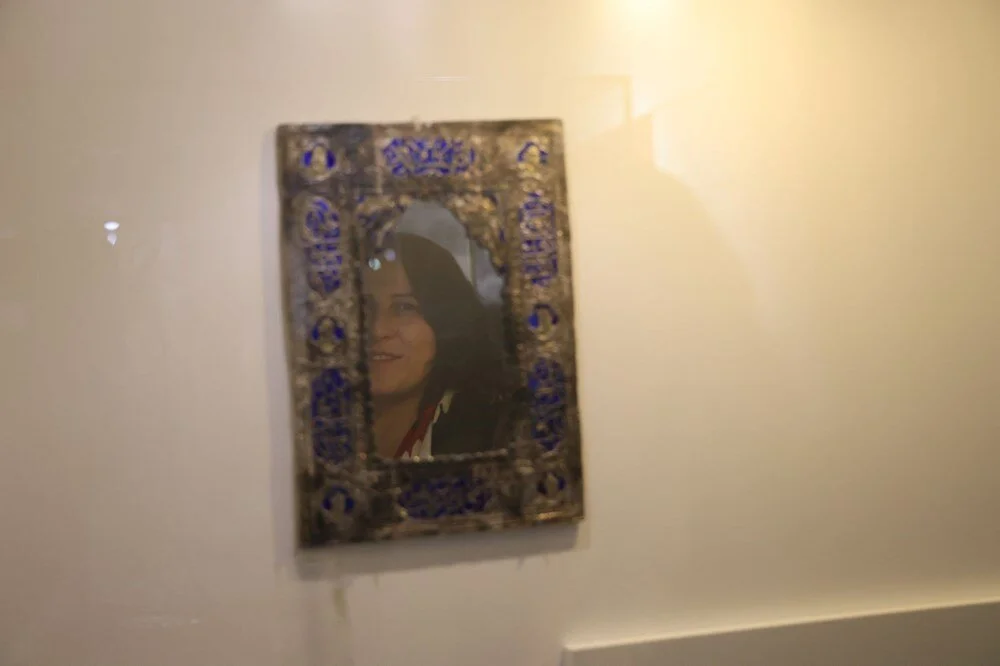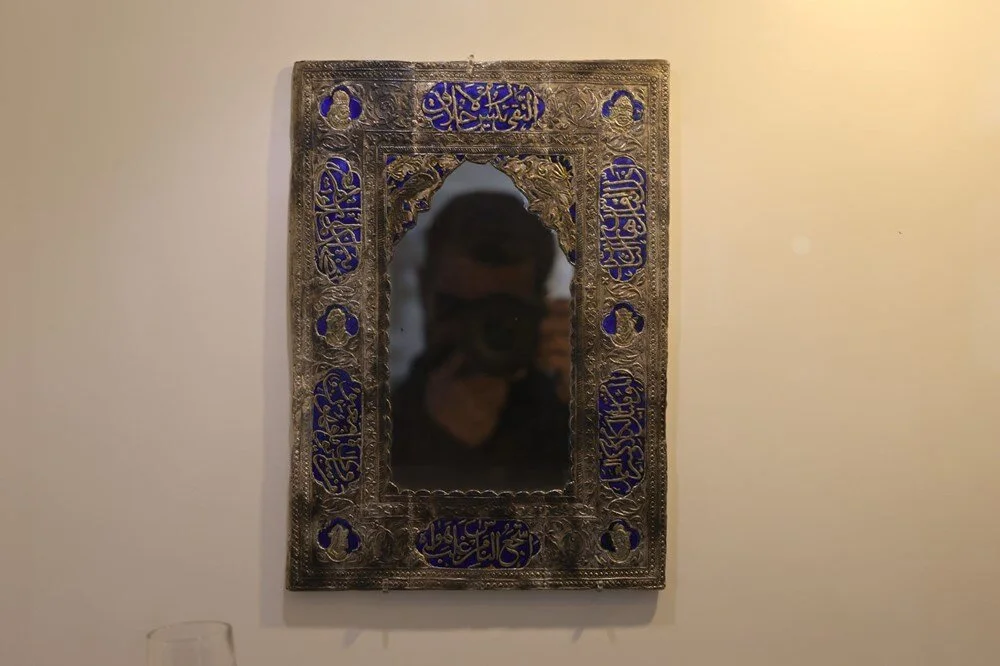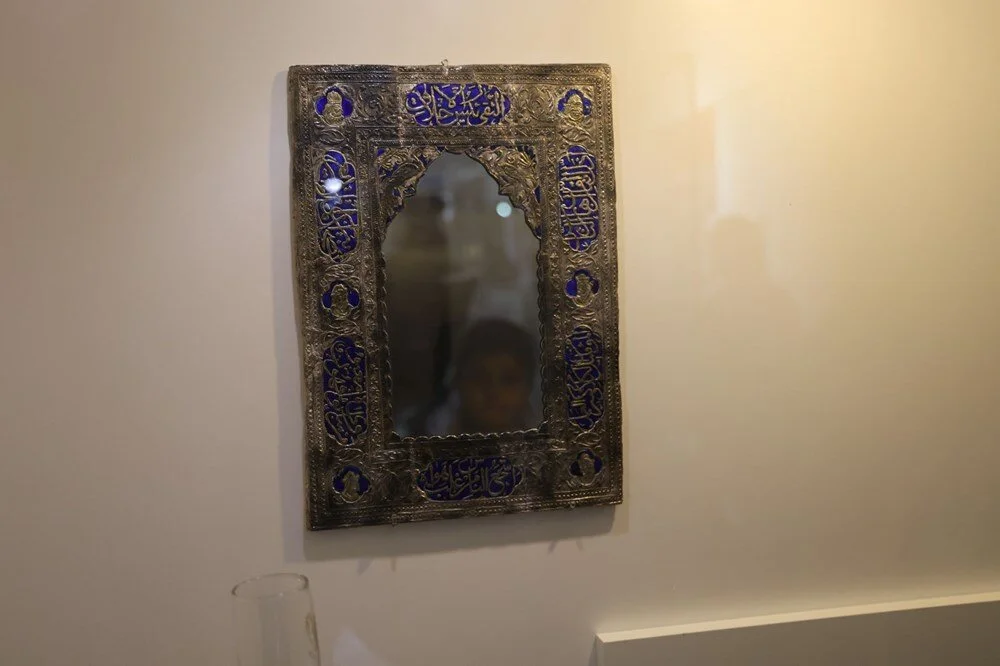
This mirror, believed to have come from the Iranian palace, offers advice
A remarkable 19th-century mirror, believed to have come from the Qajar Dynasty palace in Iran, draws attention for its thought-provoking inscriptions. This unique piece, known as the “Advisory Mirror,” is currently on display at the Diyarbakır Museum.

The mirror features several profound sayings, including: “Ettukâ reîsü’l-ahlâkı (Takvâ is the essence of morality),” “Ezellü’n-nâsi men ehâne’n-nâse (The most despicable person is the one who betrays others),” “Elmu’minu kalîlu’l-kelâmi ve kesîru’l-ameli (A believer speaks little and works much),” “Eşca’u’n-nâsi men ğalebe hevâhu (The bravest person is the one who conquers their desires),” “Men sâvâ yevmâhu fehuve mağbûnun (He who has the same day twice is deceived),” and “Nushuke beynennâsi takrî’un (Advising someone in front of others is scolding and blaming).” These inscriptions, attributed to Hz. Ali, guide and discipline the human soul.

Müjdat Gizligöl, the Acting Director of the Diyarbakır Museum, believes the mirror arrived at the museum via Iran. He explains, “The inscriptions and figures on the mirror suggest it has Iranian origins. It likely comes from a palace of the Qajar Dynasty. Families often included similar mirrors in women’s dowries. They would engrave motivational sayings on them for brides. Women needed words of encouragement as they transitioned to their husband’s family or home. During that period, mirrors were common in dowries across Anatolia, Iran, and Mesopotamia.”
You may also like
- A 1700-year-old statue of Pan unearthed during the excavations at Polyeuktos in İstanbul
- The granary was found in the ancient city of Sebaste, founded by the first Roman emperor Augustus
- Donalar Kale Kapı Rock Tomb or Donalar Rock Tomb
- Theater emerges as works continue in ancient city of Perinthos
- Urartian King Argishti’s bronze shield revealed the name of an unknown country
- The religious center of Lycia, the ancient city of Letoon
- Who were the Luwians?
- A new study brings a fresh perspective on the Anatolian origin of the Indo-European languages
- Perhaps the oldest thermal treatment center in the world, which has been in continuous use for 2000 years -Basilica Therma Roman Bath or King’s Daughter-
- The largest synagogue of the ancient world, located in the ancient city of Sardis, is being restored











Leave a Reply